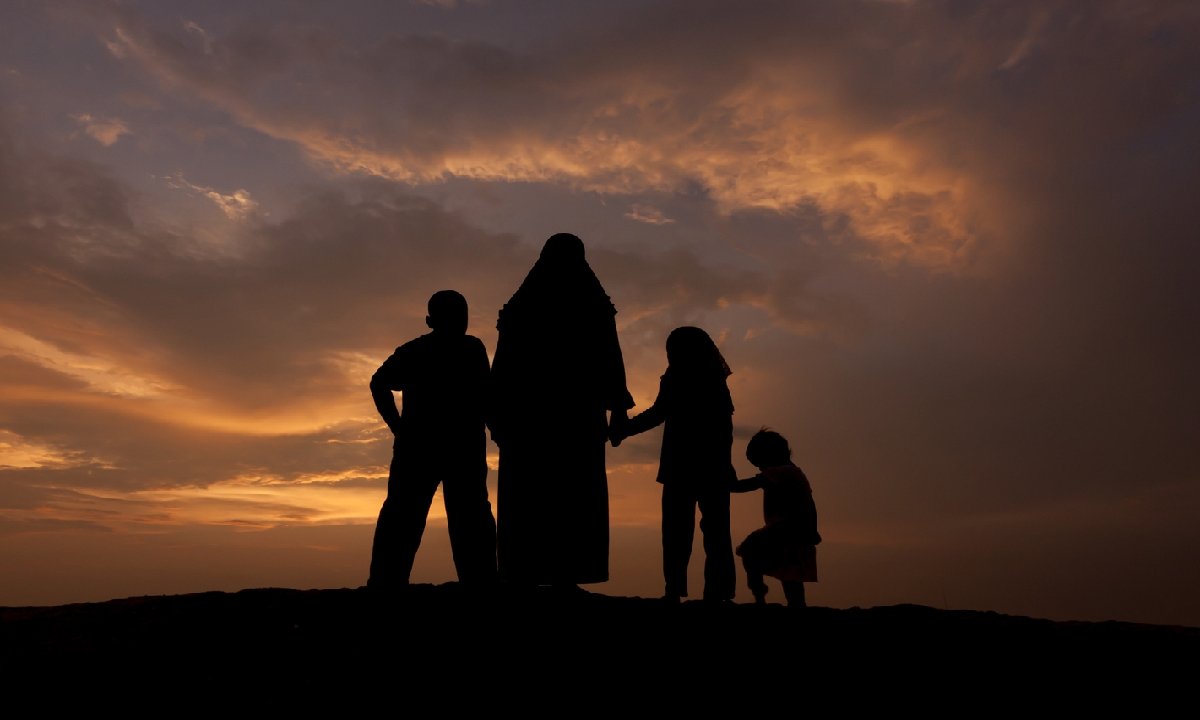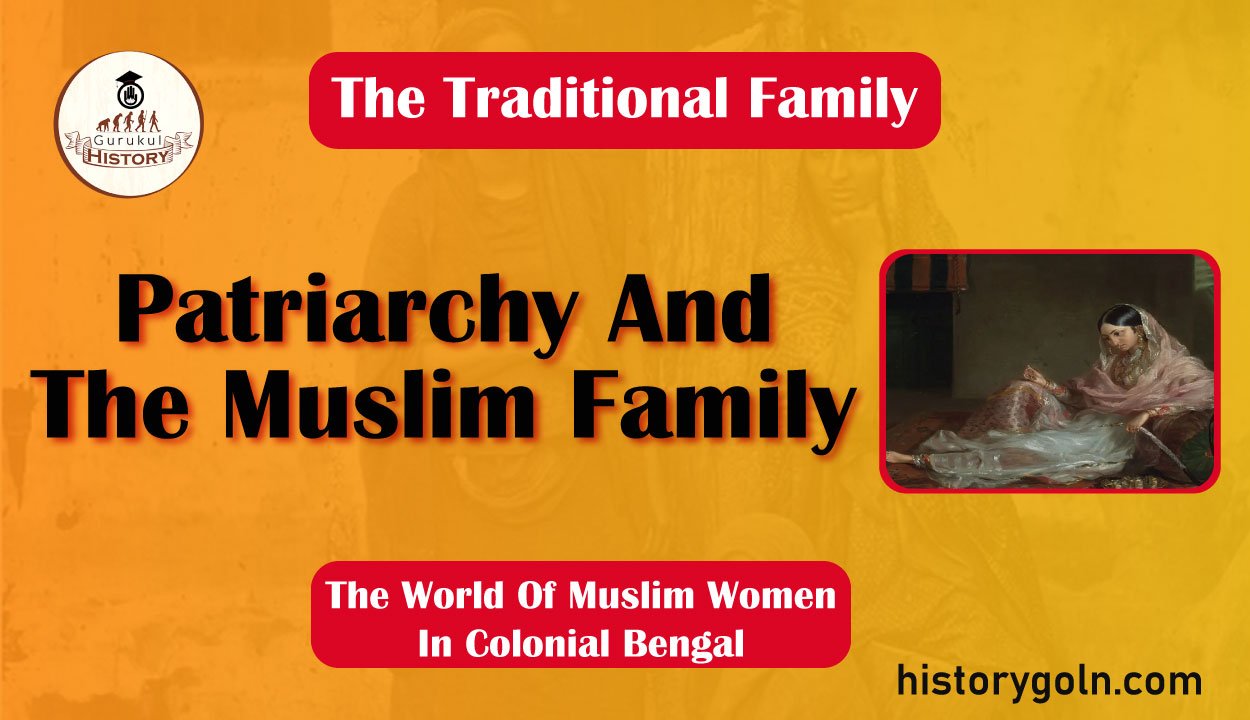Today our topic of discussion is Patriarchy And The Muslim Family .
Patriarchy And The Muslim Family

Theoretically, Islam affirmed the potential equality of the sexes, so the roots of gender inequality in Muslim society had to be sought elsewhere: The existing inequality does not rest on an ideological or biological theory of women’s inferiority, but is the outcome of specific social institutions designed to restrain her power: namely segregation and legal subordination in the family.
The new social order created by the emergence of Islam in the seventh century – a patriarchal, monotheistic state out of warring, polytheistic, and often matrilineal tribes could exist only if the tribe gave way to the Umma (Muslim polity and brotherhood).

Prophet Muhammad realized that the tightly controlled patriarchal family was necessary for the preservation of the Umma. With patriliny came the importance of private property and the possession of family members (wives and children) and biological paternity of the child and, therefore, control of female sexuality.
One of the many devices the Prophet used to implement the Umma (or social order) was the creation of the institution of the Muslim family, which was quite unlike any existing sexual union. Its distinguishing feature “was its strictly defined monolithic structure”.5 This institution with its emphasis on segregation and subordination of women had a crucial role in the maintenance of the Islamic patriarchal order.

The great strength of the Islamic code was that it was capable of pre- serving its essence, long after the social revolution of the 7th century, in the face of countless epochs and various cultural reincarnations. The insti- tution of the family in northern and eastern India where Islam had recrea ted the Muslim polity far from its temporal and geographic origin – fitted in quite well with the existing patriarchal structure.
See more:
